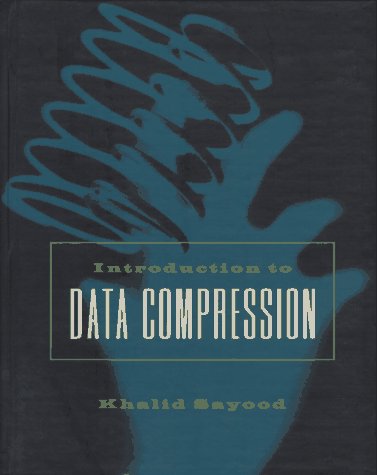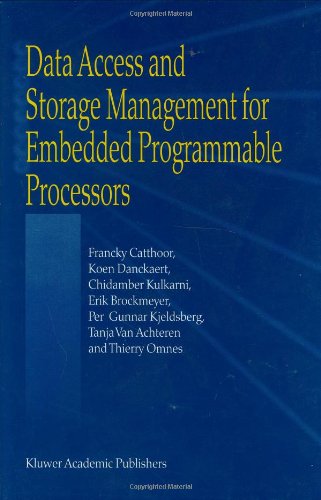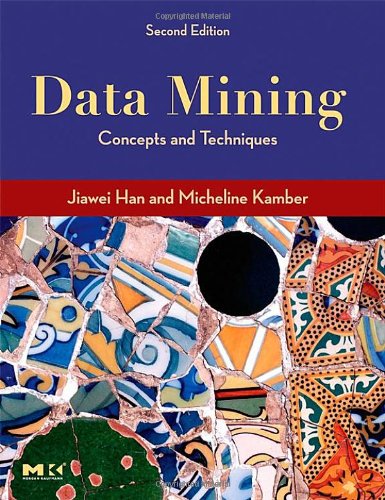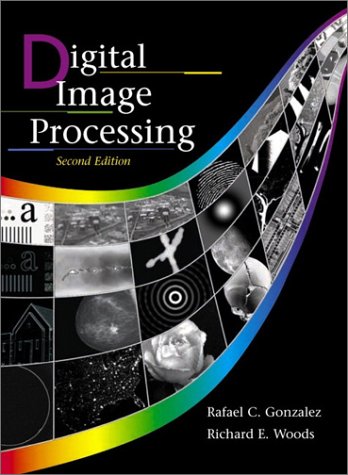Khalid Sayood1558603468, 9781558603462
Amazon.com Review Khalid Sayood’s textbook-style Introduction to Data Compression is the definitive guide to all kinds of compression schemes. Early chapters establish the mathematics involved in basic compression techniques, including lossless and lossy compression as well as the fundamentals of information theory that lay the groundwork for common forms of compression. (The book contains all the relevant formulas, although those who don’t need such mathematical detail will still be able to understand the book.)
A good portion of the book examines various compression schemes, their strengths and weaknesses, and what content they work best for. Introduction to Data Compression begins with lossless compression schemes, which lose no information during the compression/decompression process. Huffman Coding, a well-established compression scheme, and arithmetic and dictionary coding also receive excellent treatment. In addition, the author takes on lossless compression for images.
For lossy compression, Sayood discusses schemes that use quantization, where a range of values is compressed in some way. He also describes scalar, vector, and differential encoding and fractal compression. A final chapter looks at video encryption (which often combines techniques from earlier chapters). Many of the compression schemes include examples from image and sound files, but the book considers a wide variety of video schemes too. This rich and confidently written text collates a lot of research and can serve as both textbook and source for designers who need a readable and mathematically solid introduction to data compression.







Reviews
There are no reviews yet.